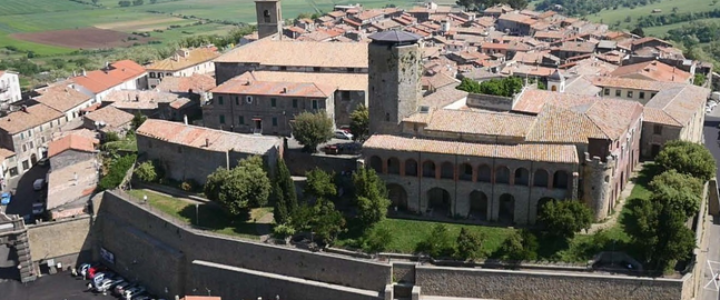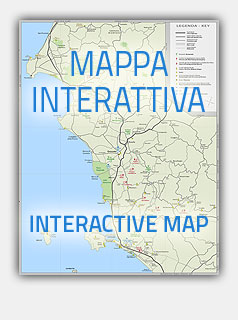
The territory of Valentano was definitely inhabited since prehistoric times. The exhibits recovered in the archaeological campaigns from 1973 to today have revealed a hardworking people, prone to livestock breeding, cultivation, maker of domestic tools and work in wood, stone, bronze and ceramics. Other prehistoric testimonies have been identified in many parts of the communal territory, such as Vallone, Monte Carejoice, Poggi del Mulino and Monte Starnina
Etruscan-Roman Period
The Etruscan presences in the territory of Valentano are testified in some places as a thorn, Vallone, Santa Lucia and the most important among them is the Mount Beak, located near the lake of the middle. In any case it found only a few traces of the Etruscan presence, although tradition would like the country to derive from “Verentum”, a city never identified. The remains of Roman civilization, such as roads (diverticulum of the Via Clodia), rustic villas and, to be noted, are preserved a majestic marble trunk of Jupiter, finished in the Ny Carlsberg Glyptotek Museum in Copenhagen.
The Renaissance-the Farnese family
Since 1354 the town is placed under the lordship of the Farnese, who have left many indelible traces, illustrious monuments such as the Rocca with the castle and the numerous churches. The Farnese family settled definitively in Valentano after Cardinal Albornoz granted them the Rocca, which was quickly transformed from a defensive castle to a residential residence.
.(https://it.wikipedia.org/wiki/Valentano)

val02





 Home
Home Home
Home